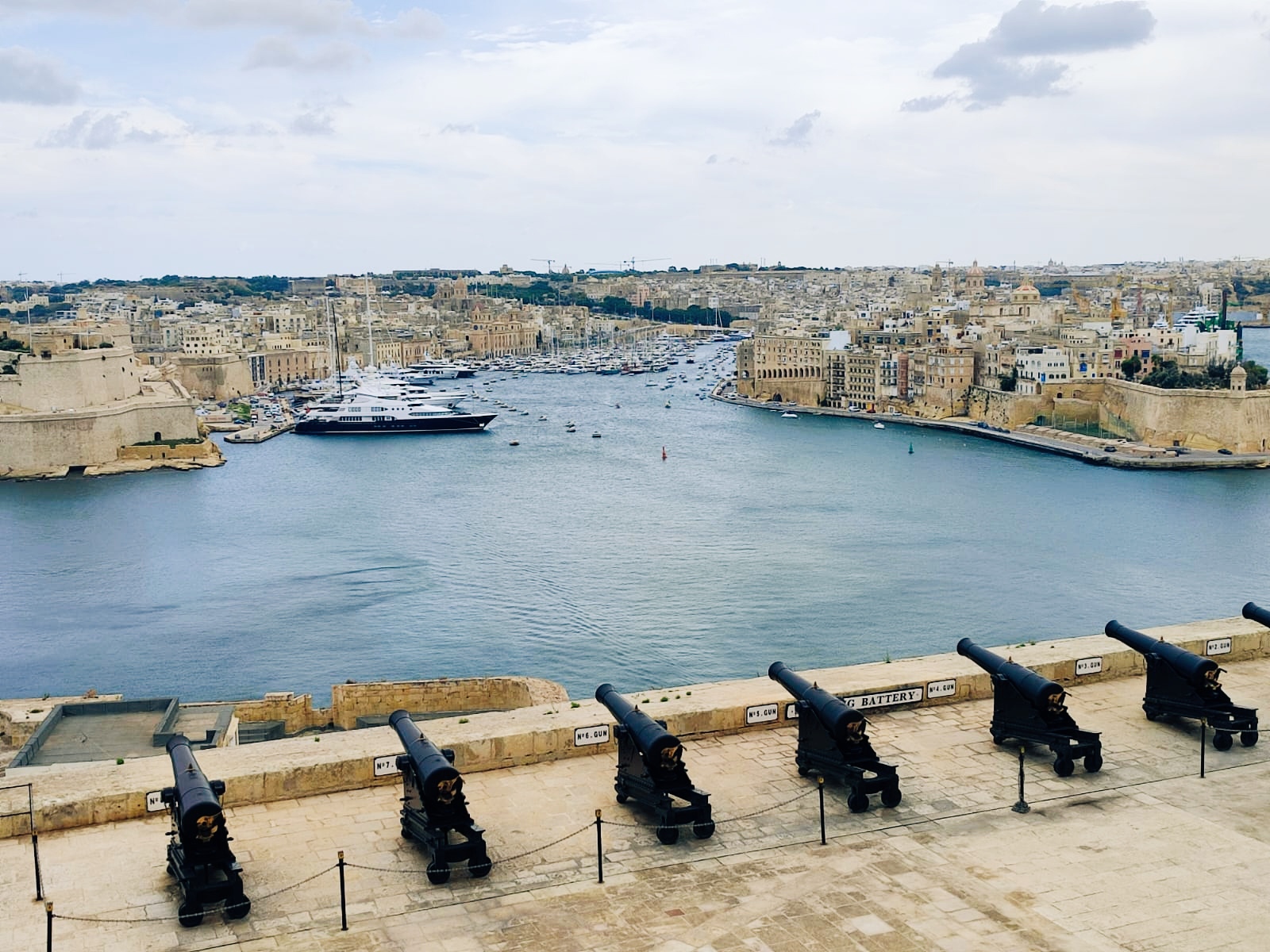The EU Emissions Trading System (EU ETS) is a mechanism within the scope of the EU’s policy to combat global warming and climate change. It introduces a cap system, whereby an operator is allocated a number of greenhouse gas emissions which can be released in a given time period. This cap is reduced over time so that the total emissions eventually decrease. The sum of all allowances given to various operators would amount to the overall cap. Since it is a ‘cap and trade’ system, operators can buy and sell emission allowances as needed. For instance, if a company has a number of allowances of emissions but only outputs half of the allowance, then it can sell that unused other half to another company which needs it. Operators which have excess unused allowances at the end of the year can either keep them for the next year, auction them or sell them. If emissions exceed the allowances held by an operator, heavy fines are imposed. This system encourages companies to invest in environmentally efficient technology.
Under the current EU ETS, all airlines operating in Europe, European and non-European alike, are required to monitor, report and verify their emissions, and to surrender allowances against those emissions. Based on the recent agreed amendments, the EU ETS will apply for intra-European flights, while the Carbon Offset and Reduction Scheme for International Aviation (CORSIA) will apply to extra-European flights to and from third countries participating in CORSIA ('clean cut') from 2022 to 2027. When global aviation emissions under CORSIA offsetting reach levels above 85% of 2019-levels, European airlines will have to offset their proportionate share with corresponding carbon credits, invested in emissions reductions in countries participating in CORSIA offsetting.
The Malta Resource Authority (MRA) is responsible for the operation of this trading scheme in Malta. Stationary installations include any large installations which perform industrial activities found within Annex I of the EU ETS Directive. Similarly, aircraft operators which perform flights within the EU must comply with the requirements of the EU ETS Directive.
Late last year a provisional agreement was also reached to include shipping emissions in the EU Emissions Trading System. The ‘cap and trade’ system is being extended to include the shipping sector.
Earlier this year a political agreement was reached between the European Parliament and the Council to increase the maritime transport sector's contribution to reaching the EU-wide target of reducing net greenhouse gas emissions by at least 55% by 2030, and to achieving climate neutrality in 2050. FuelEU Maritime, a new EU regulation, will ensure that the greenhouse gas intensity of fuels used by the sector will gradually decrease over time, by 2% in 2025 to 80% by 2050. This sets maximum limits on the yearly greenhouse gas intensity of the energy used by a ship. Targets will become more ambitious over time to reflect the developments in technology and the increased production of renewable and low carbon fuels. The targets cover carbon dioxide, methane and nitrous oxide emissions over the full lifecycle of the fuels.
Starting from 2024, each company with vessels above 5000 gross tonnage trading within the EU/EEA is to purchase and surrender ETS emission allowances for each tonne of reported CO2 emissions.
Starting from 2026, emission allowances for methane and nitrous oxides will also have to be purchased and surrendered.
The scope for surrendering allowances will be phased in gradually. By 2025, shipping companies will have to surrender 40% of verified emissions for the year 2024; by 2026, shipping companies will have to surrender 70% of verified emissions for the year 2025; and by 2027, shipping companies will have to surrender 100% of verified emissions for the year 2026. The 100% surrender of verified emissions will carry on henceforth.
Within 3 months after the directive coming into force, an updated ship EU MRV monitoring plan, describing the method for monitoring and reporting of methane and nitrous oxide, must be verified and submitted to the administering authority of the company. By 31st March of each year starting from 2025, a duly verified company emission report needs to be submitted to the same administering authority.
Unlike in other sectors, shipping companies will not receive any free allowances. Emission allowances are to be acquired through auctions arranged by the European Energy Exchange (EEX). Furthermore, there is also a secondary market which allows for bilateral trading of allowances and for derivatives offered by financial institutions.
Disclaimer: The above is not intended as legal advice. Anyone requiring assistance is encouraged to contact us directly on info@dingli.com.mt


